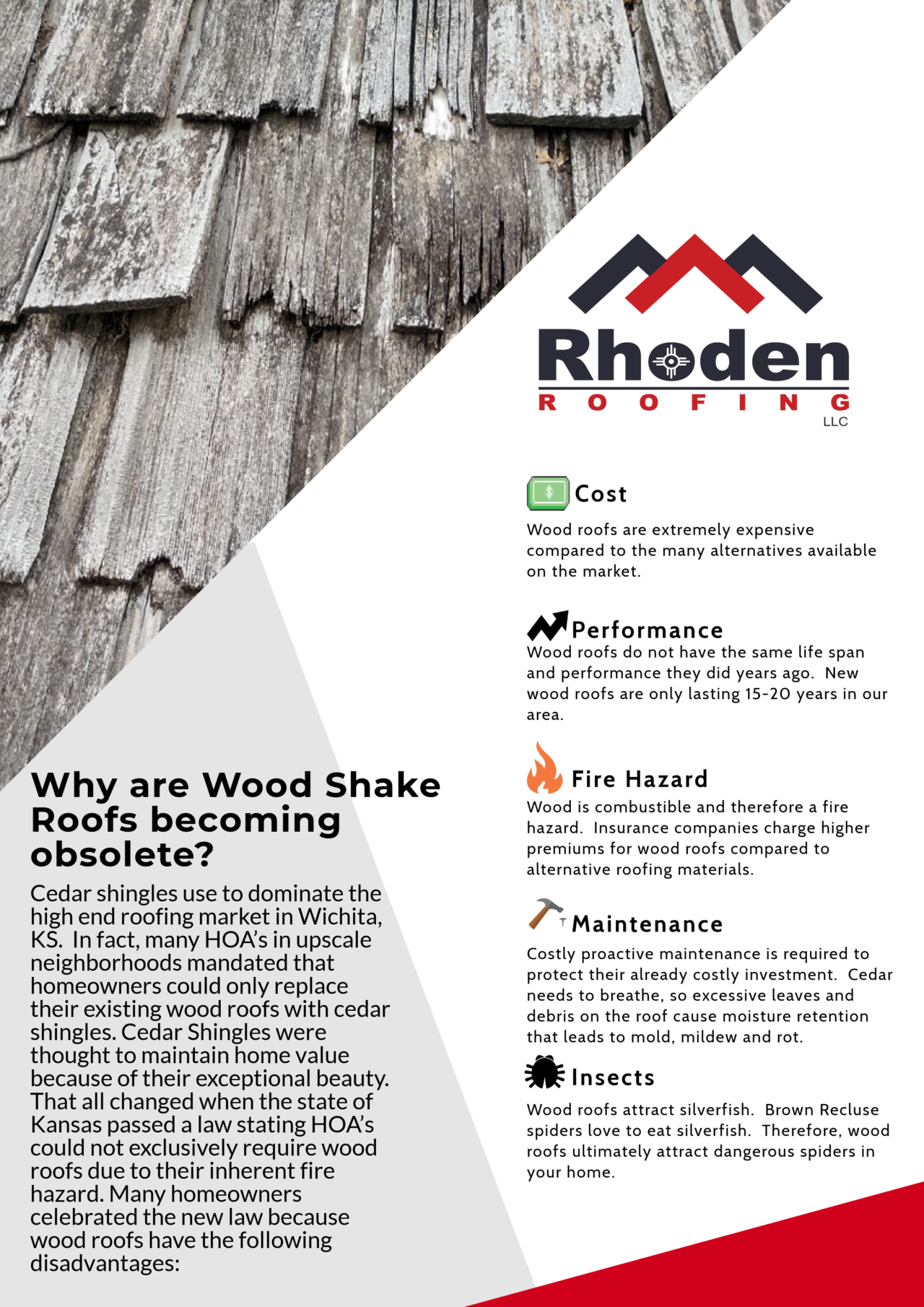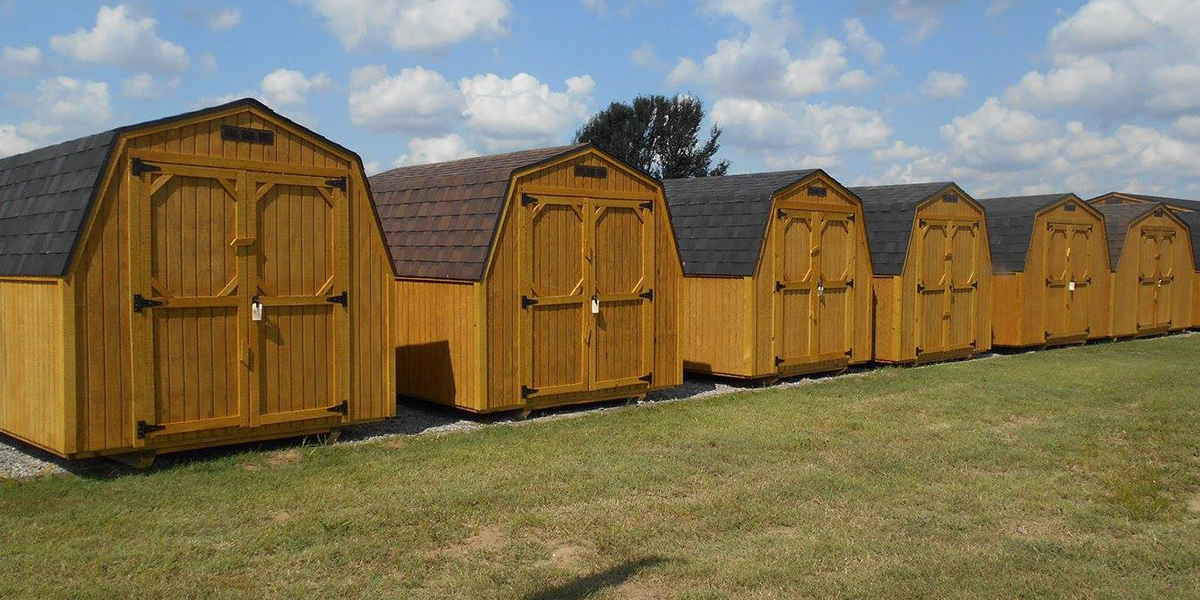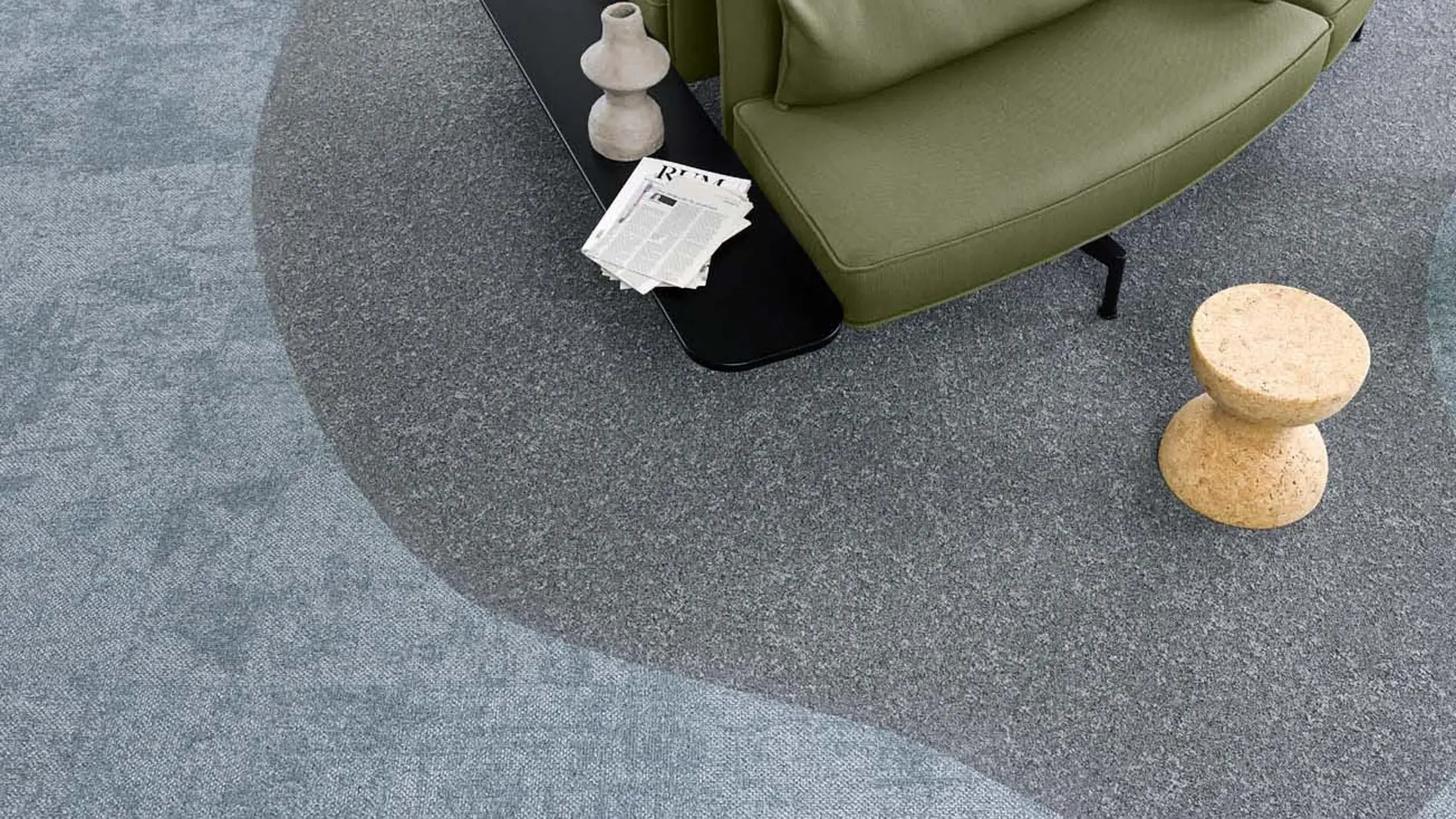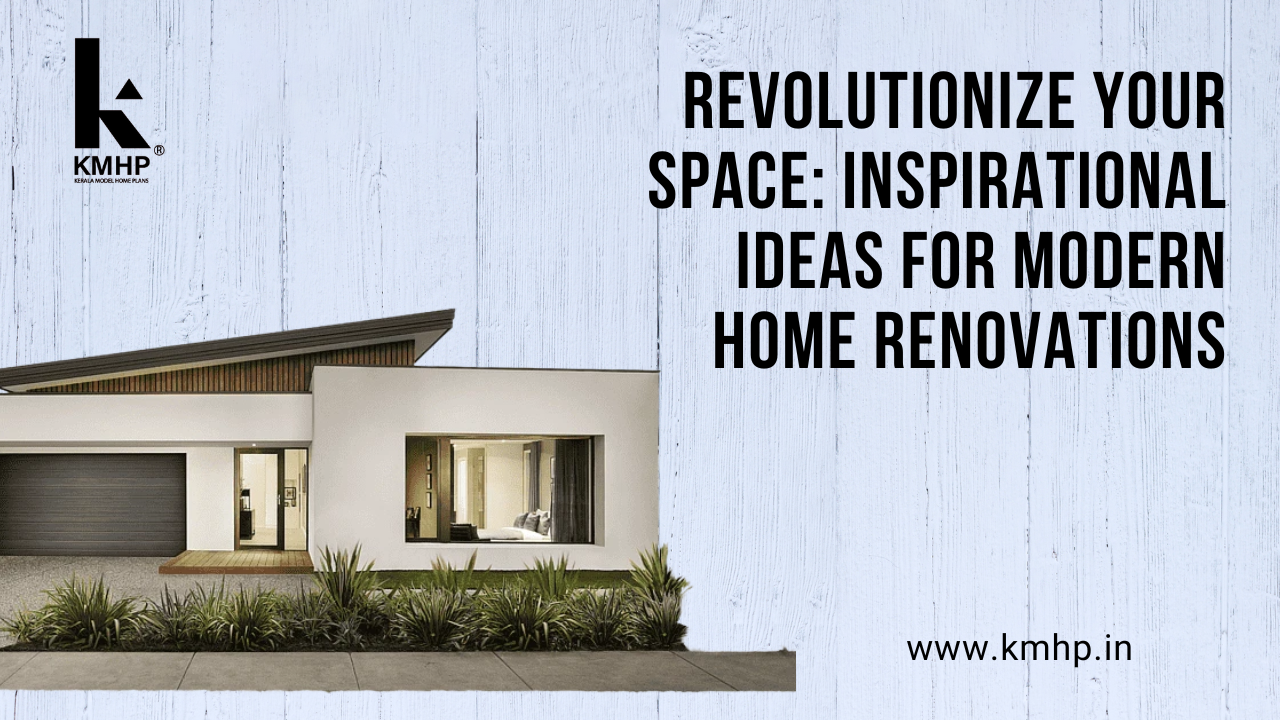Roofing Styles and Materials: A Complete Guide
Choosing the right roofing styles and materials for your home is a crucial decision impacting aesthetics, durability, energy efficiency, and overall property value. It’s an investment that deserves careful consideration. At cartlab.web.id, we understand the complexities involved and are committed to providing you with the knowledge to make informed choices. This comprehensive guide will delve into various roofing styles and materials, helping you navigate the selection process with confidence. From understanding the structural implications of different styles to weighing the pros and cons of various materials, we’ll equip you with the information you need to make the best decision for your home.
Understanding your climate, budget, and personal aesthetic preferences is paramount. Factors such as snowfall, rainfall, and wind speeds will significantly influence the suitability of certain roofing styles and materials. Similarly, your budget will dictate the range of options available to you, while your personal style will guide the aesthetic choices. This guide will explore a variety of options, enabling you to weigh the benefits and drawbacks of each to find the perfect match for your needs.
Ultimately, the goal is to select a roof that not only enhances your home’s curb appeal but also provides long-lasting protection and peace of mind. By the end of this guide, you will have a clear understanding of the key considerations involved in selecting roofing styles and materials, allowing you to confidently discuss your options with contractors and make a well-informed decision.

Gable Roofs: A Classic and Versatile Choice

The gable roof, characterized by its two sloping sides that meet at a ridge, is perhaps the most common roofing style in residential architecture. Its simple yet elegant design offers several advantages:
- Excellent Water Runoff: The sloped design facilitates efficient water runoff, minimizing the risk of leaks and water damage.
- Good Ventilation: The gable shape allows for natural ventilation within the attic space, reducing the risk of moisture buildup and improving energy efficiency.
- Cost-Effective: Generally, gable roofs are relatively inexpensive to construct compared to more complex designs.
- Adaptable to Various Materials: Gable roofs can be constructed using a wide range of materials, including asphalt shingles, tile, metal, and wood shakes.
However, gable roofs also have some limitations:
- Susceptibility to High Winds: Depending on the pitch and construction, gable roofs can be susceptible to damage from strong winds.
- Limited Snow Accumulation: While water runoff is efficient, heavy snow accumulation can put stress on the roof structure. Proper snow load calculations are crucial.
Hip Roofs: Durability and Aesthetic Appeal

Hip roofs feature sloping sides on all four sides, meeting at a central ridge. This design offers superior strength and weather resistance compared to gable roofs:
- Enhanced Wind Resistance: The sloped sides distribute wind loads more effectively, making hip roofs more resistant to high winds.
- Superior Snow Load Capacity: The even distribution of weight makes hip roofs better suited to handle heavy snow accumulation.
- Aesthetically Pleasing: The symmetrical design creates a visually appealing and balanced look.
- Increased Attic Space (potentially): While not always the case, a well-designed hip roof can provide more usable attic space compared to a gable roof.
However, hip roofs are generally more expensive to construct than gable roofs due to their increased complexity. Furthermore, the construction requires more skilled labor.
Shed Roofs: Simple and Modern

A shed roof, also known as a lean-to roof, features a single sloped surface. Its simplicity makes it a cost-effective and easily constructed option, ideal for:
- Additions and Extensions: Shed roofs are commonly used for garages, sheds, and other additions to existing structures.
- Modern Aesthetics: Their clean lines and minimalist design lend themselves to contemporary architectural styles.
- Easy Installation: The straightforward design simplifies installation, potentially reducing labor costs.
However, shed roofs have limitations:
- Limited Water Runoff Area: The single slope may not be as effective at shedding water as gable or hip roofs, especially in areas with heavy rainfall.
- Less Attic Space: There is typically very little or no usable attic space with a shed roof.
Mansard Roofs: Elegant and Functional

Mansard roofs are characterized by two slopes on each side, with the lower slope being steeper than the upper slope. This design offers several benefits:
- Increased Living Space: The steep lower slope allows for the creation of additional living space in the attic.
- Enhanced Curb Appeal: The unique design adds architectural character and visual interest.
- Good Weather Protection: The double slope provides excellent protection against wind and rain.
However, mansard roofs are complex to construct, requiring specialized skills and potentially increasing construction costs. Furthermore, proper ventilation is crucial to prevent moisture buildup in the attic space.
Choosing Roofing Materials: A Detailed Look

The choice of roofing materials is crucial and depends heavily on factors like budget, climate, and aesthetic preferences. Here are some popular options:
-
Asphalt Shingles: The most common and cost-effective option, asphalt shingles offer a wide range of colors and styles. They are relatively easy to install and maintain. However, they have a shorter lifespan compared to other materials. Learn more about shingle maintenance on our blog
-
Tile Roofs: Tile roofs, including clay and concrete tiles, are known for their durability and longevity. They offer excellent weather resistance and can withstand extreme temperatures. However, they are significantly more expensive than asphalt shingles and require specialized installation.
-
Metal Roofing: Metal roofs, including aluminum, steel, and copper, are highly durable, long-lasting, and energy-efficient. They are resistant to fire, insects, and rot. While initially more expensive, their longevity often makes them a cost-effective choice in the long run.
-
Wood Shakes and Shingles: Wood shakes and shingles offer a natural and rustic look. They are durable but require regular maintenance to prevent rot and insect infestation. They are also more susceptible to fire damage.
-
Slate Roofing: Slate roofs are extremely durable and long-lasting, offering excellent weather resistance. However, they are expensive and require skilled installation. Check out our guide on sustainable roofing options.
Choosing the right roofing materials involves considering factors such as:
- Lifespan: Different materials have varying lifespans, influencing long-term costs.
- Maintenance: Some materials require more regular maintenance than others.
- Cost: The initial cost of materials and installation varies significantly.
- Energy Efficiency: Some materials offer better insulation and energy savings.
- Aesthetics: The material should complement the architectural style of your home.
Choosing the right roofing styles and materials requires careful consideration of many factors. This guide offers a solid foundation for your decision-making process. Remember to consult with a qualified roofing professional to assess your specific needs and get personalized recommendations.
Conclusion
Selecting the optimal roofing styles and materials is a multifaceted process that impacts both the aesthetic appeal and the longevity of your home. By understanding the strengths and weaknesses of different styles and materials, you can make an informed decision that aligns with your budget, climate, and personal preferences. This comprehensive guide has provided an overview of popular roofing styles and materials, equipping you with the knowledge to embark on this important project with confidence. For further assistance and detailed information, visit our comprehensive guide: Roofing Styles and Materials: A Complete Guide
Remember to always consult with a qualified roofing contractor to ensure proper installation and adherence to local building codes. This will guarantee the long-term performance and safety of your roof. Good luck with your roofing project!






Comments